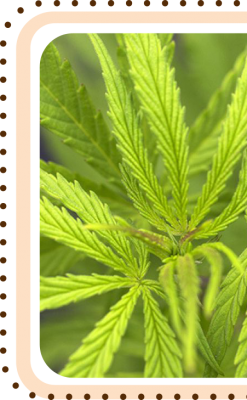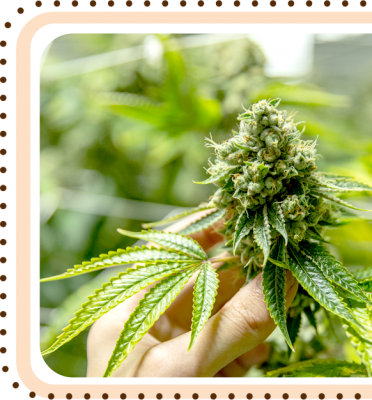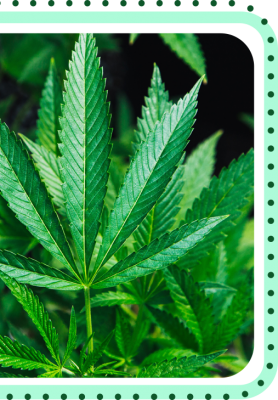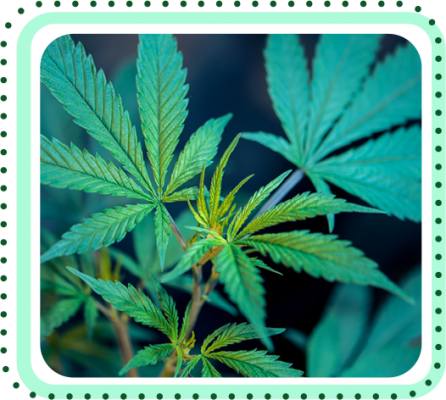
CBD, short for “cannabidiol”, is a chemical compound or “cannabinoid” sourced from the Cannabis sativa plant. It is the second most prevalent of the active ingredients found in cannabis and an essential ingredient in medical marijuana.
With increasing numbers of states and countries now legalizing CBD for medical and recreational use, media coverage on the substance has increased drastically. So, chances are you want to know a little bit more about CBD, its history, its uses, who it is suitable for, how to use it and much more useful information on the subject.
Read on for information on some of the most commonly asked CBD questions!

What is CBD?
Let’s start with the absolute basics. As we have briefly mentioned, CBD is “cannabidiol” – a chemical compound found in the Cannabis sativa plant. In particular, CBD is sourced from hemp, which is any cannabis with less than a 0.3% THC content (by dry weight).
CBD is extracted from the hemp plant so that you gain the benefits of cannabis without the “high” that is caused by THC (a more commonly used name for 9-tetrahydrocannabinol). This means that any CBD you purchase will not be psychoactive. When you take CBD, you won’t feel sedated or altered in any way.
CBD IN
CANADA
A Timeline
1923
The Narcotics Drug Act Amendment
Bill outlawed use of marijuana
1960s
Demand for cannabis rose as people
began to question the status quo
1969
The Le Dain Commission was formed by the National Government to investigate non-medicinal use of marijuana
1972
The Le Dain Commission recommends removal of all legal penalties of marijuana use
2018
The Cannabis Act legalizes both medicinal and leisure use of marijuana products that include CBD
2001
Marijuana became legal for medical use

A History
CBD hasn’t always been legal in Canada. Let’s take a moment to look at the process that built up to cannabis becoming legalised!
The Opium Act of 1908, introduced by Mackenzie King (the then Deputy Minister of Labor in Canada), outlawed various substances throughout the country. At the time, there was a huge anti-opium movement taking place, which led to riots, damaging the properties of opium manufacturers.
People were largely against the production and casual sale of opium and opium related products. To dissipate unrest, strict laws surrounding opium and its manufacture were put into place. Stringent fines and even prison sentences were used to strictly regulate and limit opium, its manufacturing process and its sales.
In the 1920s, these fines and prison sentences were further enhanced, drawing other substances into the law too. In 1923, cannabis became included in this area of law. The Narcotics Drug Act Amendment Bill was adjusted to consolidate the penalties associated with opium with new penalties for three new drugs, including marijuana.
The anti-opium movement had expanded further into a general anti-drugs movement and marijuana was tarred with the same brush as hard drugs. Canada in general was involved in various global conferences, discussing cannabis. Sticking in the same vein of thought, the League of Nations made the drug illegal to all member nations.

Considering all of this, it’s not all too surprising that use of cannabis was relatively low. It wasn’t until the late 1930s that anyone was arrested in relation to marijuana, its use, supply or consumption. As time passed by, cannabis-related arrests in Canada only represented 2% of total arrest during the 1940s.
However, a turning point arrived in the 1960s. Demand for marijuana skyrocketed around the world, as youth movements saw people making their own decisions and rebelling against the status quo.
At this time, the penalty for possession of a small amount of cannabis was increased to six months in prison and a $1000 fine – even for a first time offender. But even this wasn’t sufficient to dissuade huge swathes of the youth indulging in recreational use of cannabis.
This, arguably, resulted in increased reports of marijuana causing no harm to users and piqued interest in the subject. In 1969, the Le Dain Commission was formed by the National Government, with the aim of investigating non-medicinal use of marijuana.
This was with the hope of understanding the substance better and determining whether it was a potential threat to the public or not. In 1972, the commission recommended that all criminal penalties should be removed from marijuana use.

The removal of criminal penalties from marijuana resulted in a positive stabilization of the use of marijuana and marijuana products. In 2001, marijuana became legal for medical use. However, in 2016, it was estimated that around 5 million Canadians were regularly using cannabis for non-medical use. This resulted in further talks and more serious discussion on the legalization of cannabis products in general.
Since 2018, it has been legal to use CBD and various other cannabis products within the country. This is due to the establishment of the Cannabis Act on 17th October 2018. The Cannabis Act permits both medicinal and leisure use of marijuana products that include CBD.
Of course, there are a number of rules, regulations and restrictions that any manufacturer should be aware from and that any user benefits from. This strict regulation of the cannabis industry helps to ensure that Canada now has some of the best CBD products in the world.
 The Legalities
The Legalities
CBD is classified as a controlled substance by the United Nations Drug Convention. This means that laws regarding CBD and its use are categorized in the same manner across all of Canada’s provinces and territories.
There are strict rules and standards in place regarding the quality of CBD products that are sold. These fall under the authority of Health Canada, who also regulate the possession, production, sale and distribution of CBD products.
Perhaps the most important thing to note in regards to legalities surrounding CBD is that all manufacturers of CBD must obtain an official license in order to operate within the industry.
Anyone who wants to grow hemp to produce and sell CBD will require a federal license. This license will fall into the category of cultivation or industrial hemp. If you intend to process CBD, you will also require a processing license. Failure to obtain these licenses when producing and trading marijuana can result in huge penalties and serious consequences.
Areas that Health Canada regulate include:
- How CBD products are distributed and sold
- Where licensed stores can be located
- How licensed stores are run
It is also important to be aware of any additional licenses or requirements you may need to obtain or meet depending on the province you’re operating within and where the plants you’re dealing with are located.
Further licenses that you may need to look into include licenses to import or export CBD products, as well as additional regulations pertaining to edible CBD products, such as CBD gummies. The main aim of regulations associated with edible CBD products is to ensure that they are not marketed, targeted at or intended to appeal to the nation’s youth.






















 CBD chocolates
CBD chocolates




